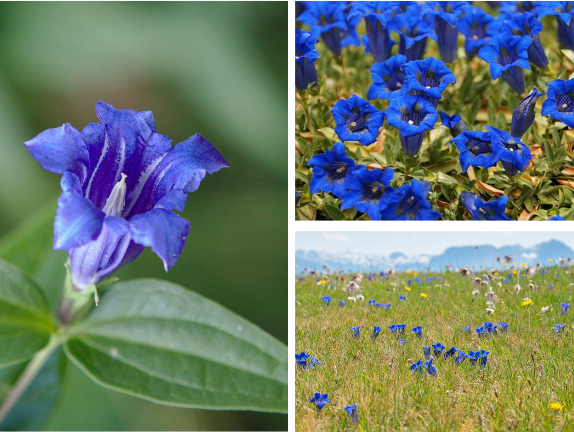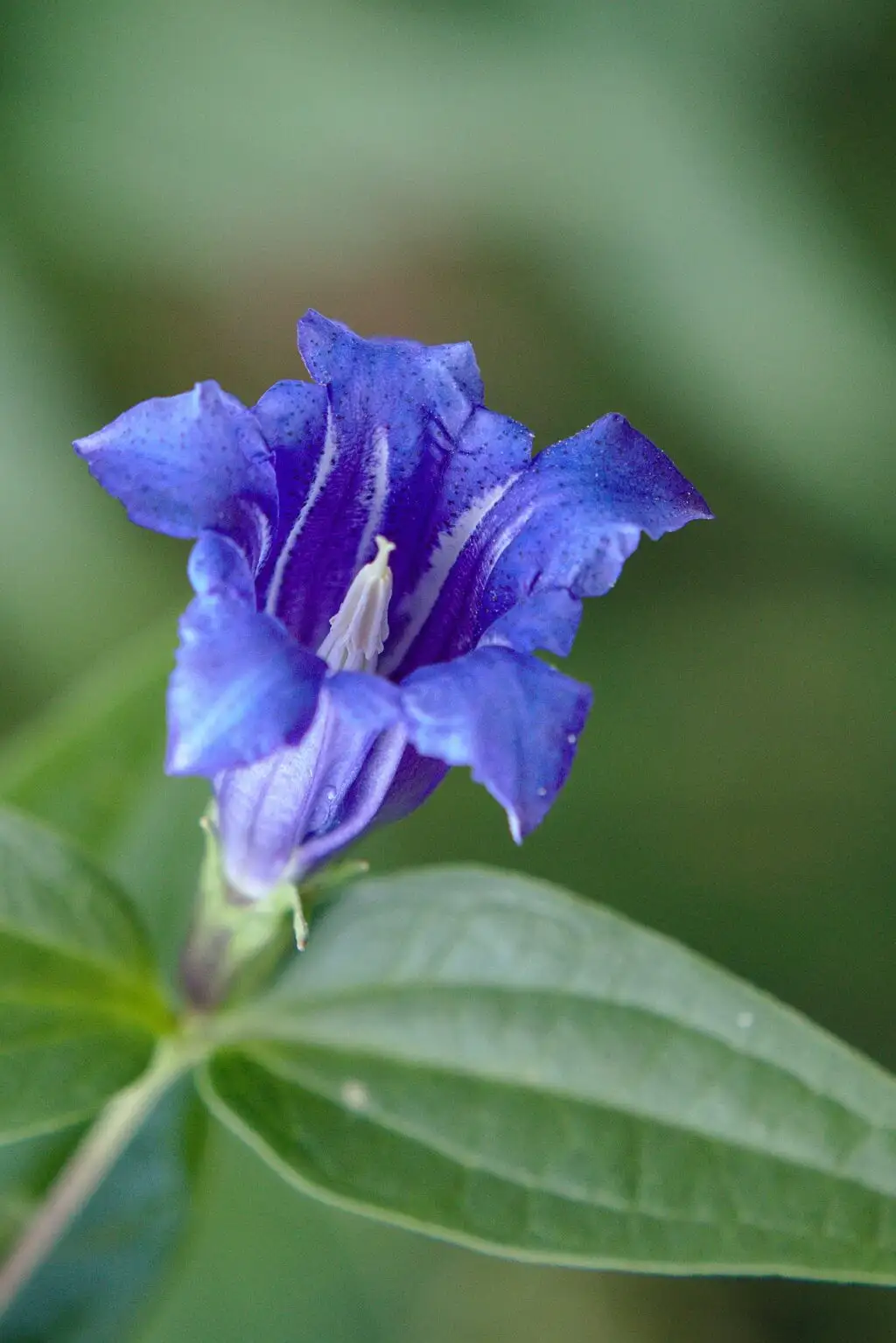Gentiana lutea
Latin Name: Gentiana lutea
Herb Class/Action: Bitter Tonic, Hepatic, Cholagogue, Alterative
Parts Used: Root
Flavors: Bitter
Energetics: Cold
Traditional Benefits: Digestive support, liver support, energy support, depletion support, mood support, tension support
Gentian is one of the most powerful digestive bitter tonics we have. Used traditionally for damp heat and stagnation in the stomach and liver meridians, she gives us a boost to say goodbye to what is no longer serving us (whether that’s something physical we need to eliminate through the digestive system, or thoughts and beliefs we’ve been chewing on).*
Used for centuries in herbal remedies and to flavor food and drinks, Gentian is a powerful bitter tonic—and a little goes a long way. In TCM, Gentian is used to clear excess heat in the body, relieve “wind-damp” stagnation that may be creating minor and occasional discomfort in the musculoskeletal system, and restore depleted yin (moisture) in the body. Because it’s so potent, it’s usually formulated with other herbs to create a well-balanced formulation.*

Gentian’s bitterness has proved to be a welcome taste in drinks and foods. It’s a common flavor profile in Angostura bitters and vermouth, and it adds a nice bite to soups, stews, and vegetables. In the 18th century, Gentian wine was served as an aperitif to support digestion after meals.
Similarly, Gentian root extract is used today in TCM to help promote healthy digestion. This cold, bitter herb has a downward draining action that helps stimulate the healthy and normal secretion of saliva, hydrochloric acid, bile, and digestive enzymes.*
Gentian is named for King Gentius of Illyria (180-67 BC), who is said to have saved his army from a mysterious ailment by introducing them to this herb.

